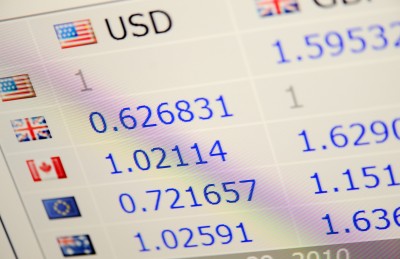How Credit Card APRs Work

Every financial adviser worthy of the title will tell you to always pay your credit card bill in full before the grace period ends each month.
Doing otherwise allows interest charges to be tacked on to the balance, which will then incur interest charges of their own. Let this go on long enough and you could well owe more in interest than you charged in the first place.
This is why it’s important to understand how credit card APRs work.
So, let’s dig into it a bit.
Calculating Credit Card Interest
Believe it or not, interest on your credit card account is calculated on a daily basis. That’s right, you’ll owe more to your card issuer with each passing day if you carry a balance from month to month. To arrive at the exact amount, the card company multiplies your balance at the end of each day by the agreed-upon annual percentage rate (APR) divided by 365 (the number of days in a year).
As an example, let’s say you have a $350 balance at the end of the first day of a month and your APR is 15 percent. At the end of the next day, your balance will have increased by 14 cents. Thus your balance at the end of the second day will be $350.14 to which the formula will again be applied.
The process continues every day through the end of the month. On top of this, as the experts at interchangepros.com
Moreover, this will be exacerbated if you only make minimum payments each month, because they’re calculated to cover only the accrued interest and a minute portion of the principal. That way, the outstanding balance can continue to grow and produce more profit each month.
This is how these bills can quickly get out of hand if you run into financial problems or are less than diligent in your management of the account. In such cases, your best recourse can often be some form of credit card debt relief to settle the account and get out from under the debt.
APRs Can Vary on the Same Card
It’s important to read your credit card agreement carefully to gain a clear understanding of how interest charges are applied. Let’s say you sign up for a card with a zero percent APR introductory offer for a limited period.
This means your balance won’t accrue any interest charges during that initial time frame. However, the normal interest rate will kick in at the end of that period.
What’s more, some card companies impose interest charges on the entire transferred amount going all the way back to the day the transfer was completed if you still have a portion of the transferred amount outstanding.
Reading a cardholder agreement, you’ll also find the APR for purchase can be very different from the APR attached to a cash advance. Late payments can trigger an increase in your APR too. It’s also important to note whether the APR is fixed or variable.
Variable rates are usually tied to either the Prime Lending Rate or the London Interbank Offered Rate (LIBOR) and will rise and fall accordingly.
Understanding how credit card APRs work is critical to effectively managing your accounts and staying ahead of your creditors. One more thing, if you’re looking to pay off a credit card, it’s important to contact the issuer and get the payoff amount as of a specific date.
That way you can be sure you’ve covered the balance as well as all of the daily interest.


